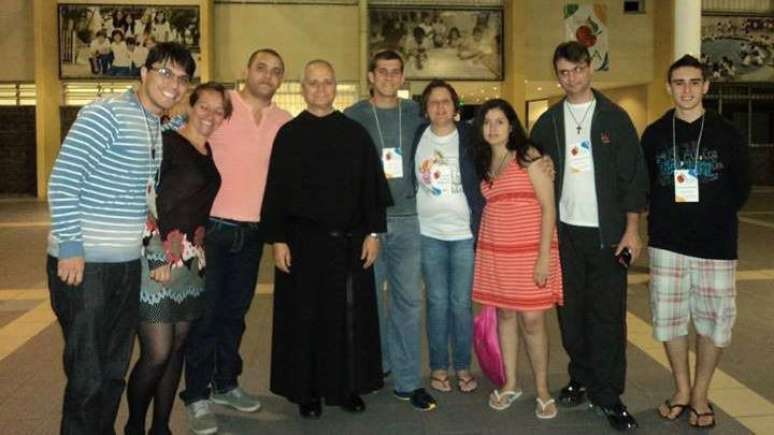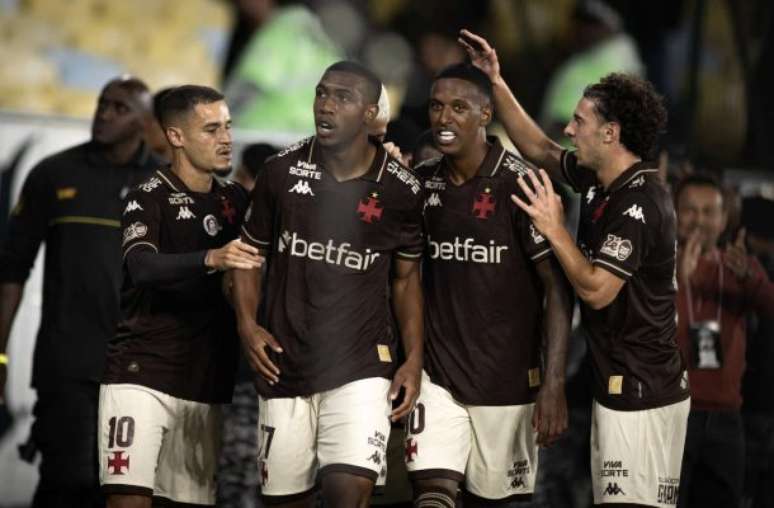Before becoming the new Pope Leo 14, Prevost was repeatedly in Brazil, where he marked faithful and religious for his simplicity, listening to careful and closeness to the poorest
No Catholic Church Pope has been so many times in so many Brazilian places such as Leo 14, the high pontiff who was elected on Thursday (8/5) to succeed Pope Francis (1936-2025).
Between 2001 and 2013, during his two consecutive terms as superior of the Order of Sant’Agostino, he visited the country at least five times and was, according to the BBC News Brazil report, at least once in each of the country communities of the country.
This means that he visited the six states of the Federation that had unity of this order at that moment: Sao Paulo, Rio de Janeiro, Minas Gerais, Paraná, Mato Grosso and Goiás.
One of the time he was in Brazil, Leo 14 was still a missionary in Peru in the 90s. In the other four visits, it was already superior general, in 2004, 2008, 2012 and 2013.
Francisco, his predecessor, was officially only twice in Brazil-one as Pope in 2013, another as Cardinal Archbishop of Buenos Aires in 2007. Before him, only two other Popes had trampled on the country: Bento 16 (1927-2022), which visited the country in 2007, John Paul 2 (1920-2005), the first to visit the nation largely in the large nation.
John Paul 2nd made three official visits to Brazil in 1980, in 1991 and 1997. And in 1982, when he went to Argentina, he held a quick speech at the airport during his staircase in Rio de Janeiro. In terms of locations, João Paulo 2 is still a name to overcome: in 12 days it was in 12 units of the federation on his first trip to the country.
For a bit of prevost, the presence, as a guest preacher, would not have arrived in Brazil by the end of the year of 2025. The general assembly of the Bishops of the National Conference of Bishops of Brazil (CNBB) which would take place between 30 and 9 May in Aparecida – the event was suspended due to the conclave.
Those who lived with him during the trip to Brazil are unanimous in describing him as a man who likes to hear that talking and, at least in the first contacts, is somehow shy. At the same time, they highlight their simplicity and accessibility to all those who face it. In general, these people refer to him only as “Father Prevost”.
“He is a very cultured and very affable man. Discreet, he feels a lot and speaks little. But he pays a lot of attention. He is very fraternal in the personal relationship,” says BBC News Brazil the friar Paulo Gabriel Lopez Blanco, who met the American religious for 25 years and was with him on several occasions in Brazil and other countries.
“Prevost is a silent but very affable man in decisions. He knows how to listen. When he acquires confidence, he becomes more spontaneous. But it is easy to treat, kind, worship and religious. These are the traces of his personality,” says the friend.
Since Prevost was elected Pope, some images of him in trivial situations have become viral. For example, the scene in which he has a glass of beer in the hands of Belo Horizonte.
“These are photos that show the informality of their coming to Brazil. What he has with beer was the celebration of the 70th anniversary of the saint Augustinho College [da capital mineira, em 2004]”, BBC News Brasil tells Frade Jeferson Felipe da Cruz, director of identity and pastor of college Santo Agostinho.
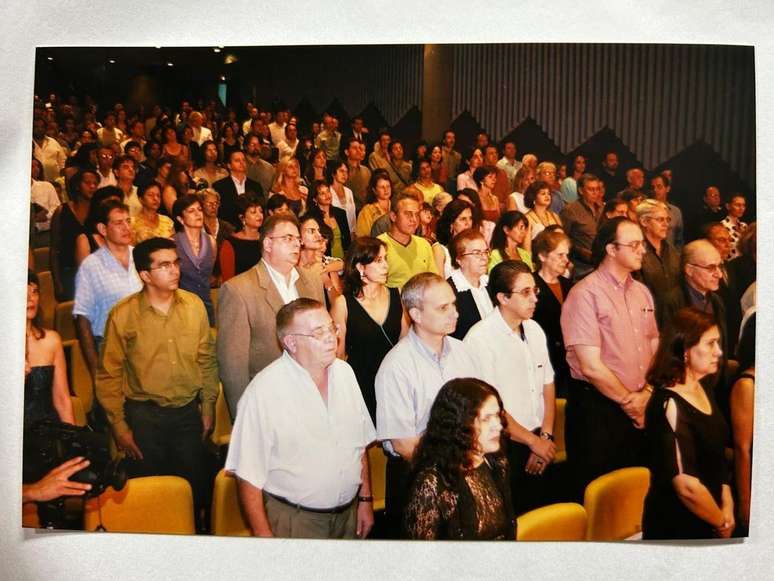
On the same trip, visiting a parish managed by the Augustinians, it was photographed as a very common dish in mining cuisine. “The chicken of Gombo was at a community lunch. He, very simple, very close to everyone, went there and served the pan,” recalls Cruz.
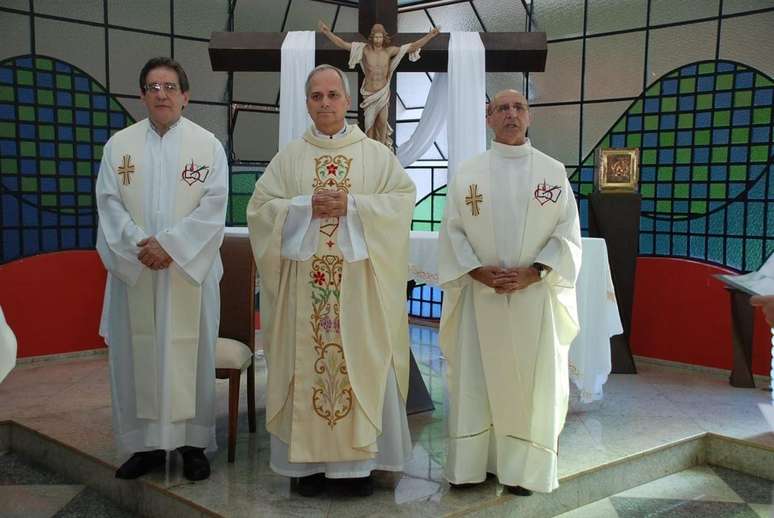
“These photos portray a man who experiences people’s lives, who does not impose themselves, needs what they need,” says religious. “As someone who thinks’ if that’s what the people of the country, the people of the city are eating, is what I will eat too.” It is a good sign of humanity for the Pope. “
In 2013, Prevost arrived in Brazil still in the preparations for the World Youth Day, which took place in Rio de Janeiro with the participation of the then Pope Francis. Professor Letícia Scalice, who teaches religious education at the Agostinian College Mendel, of San Paolo, was one of those who lived with him, who taught a catechetical experience for young people in Saint Paul.
So the group went to the river.
“He was always very kind and proactive. He was willing to help, even in the translations of other languages that we had to do during the preparatory period. Charismatic and arranged, he had a calm air, always serene,” he recalls, in a statement to BBC News Brazil.
In the memory of Scalice, the welfare work that these young people decided to do in a peripheral neighborhood in the metropolitan region of San Paolo was particularly marked. “We went to Guarulhos to visit some houses. It was a slum. We went a lot to reach these houses. And it went on. It went to pray there, entered the houses, welcomed the people who were there and who certainly shows a lot of humility, a different look at others, a cure and an affection”, comments.
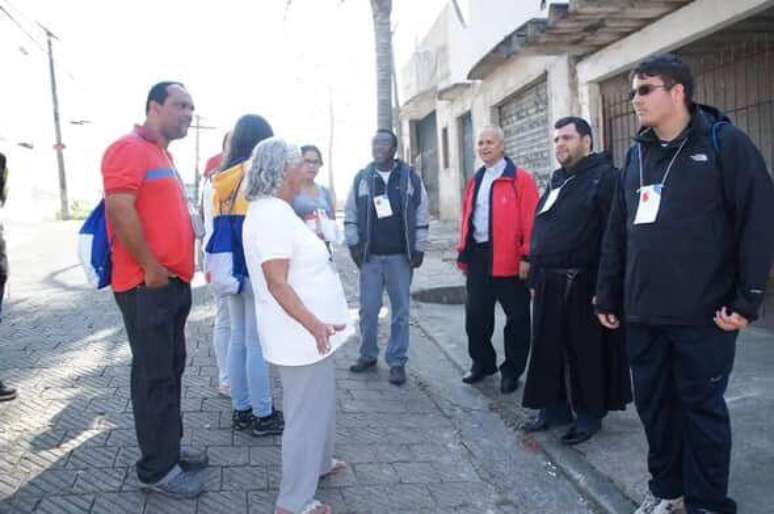
“He went to the house of the people we did not know, in a complicated place of access. He made a journey of humility and love,” he says.
The philosopher Sandson Almeida Rotterdan, professor at Santa Doroteia College, in Belo Horizonte, was with Predivost in two of his visits to Brazil. In a conversation with the BBC News Brazil, he claims not to remember specific for any talked top of the téte-a-tête because in the meetings of the young Augustinians who participated in informal interactions were marked by “services”.
According to Rotterdan, he showed interest in knowing “ordinary people”, asking where each one was, what everyone did professionally, trying to understand if he had known in common. “That was daily life,” he recalls.
Rotterdan defines Prevost as “a very convenient boy, by a rather seductive speech, because it is very confirmed and, at the same time, very attractive”. “Zero Star, he is a simple person,” he says
The only one of the respondents of BBC News Brazil Which claims to remember specific prevost comments on the Brazilian reality was the friar Cruz, who was personally with today dad in 2012 and 2013.
“In informal conversations, when we visited the communities, he commented a lot of the culture and expression of religious life. To a certain extent he showed concern: the country was going through movements of ups and downs in the political and economic dimension”, says the religious.
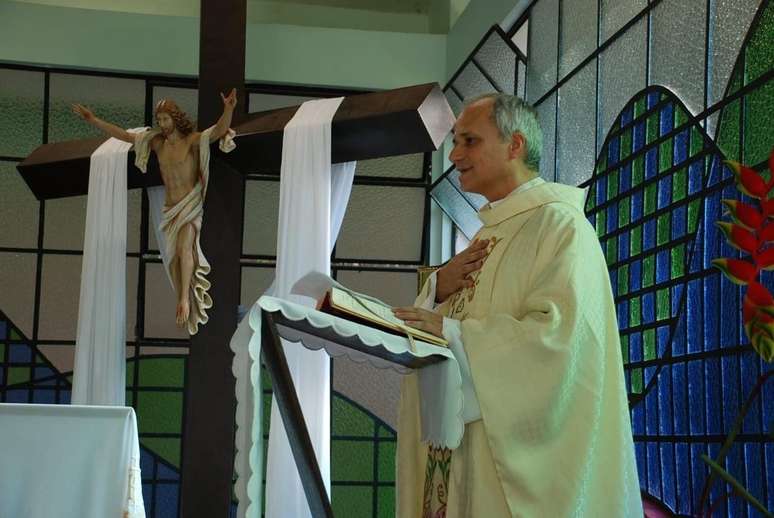
According to Cruz, the then father Prevost said that “August must be close to the poor, the marginals, to the exclusive”. “Behind this recommendation there was the consideration that in the country this was a reality that still screams. And that the Church had to approach people,” he comments.
Blanco reveals that over the age of 25, his conversations have always turned around the concerns about the “process of renewal of religious life in Latin America”. As he held prominent positions in the episcopate of the region and, more recently, has commanded Dicker to the Vatican Bishops, it seems that the crisis of vocations is one of the issues on which the current Pope reflects.
Frade Blanco stresses that Prevost has strengthened the need for religious to commit “in service to the people” and that “in Latin American reality” it is necessary to take “the option for the poor” and take a look at the “inculturation of the indigenous world”. According to religious, environmental and poverty problems, they were also remembered in the reality of the continent.
Cruz stresses that Prevost visited “all the communities of Augustinians of Brazil” when he was superior to the order. His trips to the country have always been “meetings that were given by virtue of their own programs”.
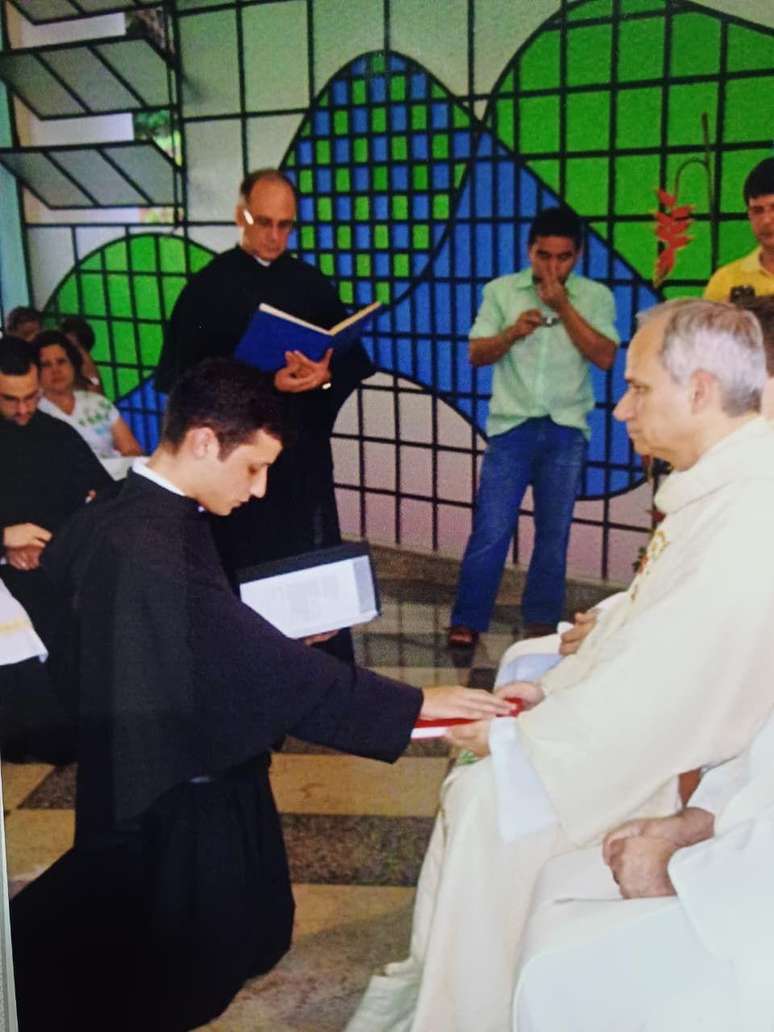
Vatican
Probobly the last Brazilian-With the Exception of the Seven Cardinals Who Participated In The Conclave-Who Interacted with Prevost Before He Turned Pope Leo 14, The Philosopher and Publicist Marcus Tullius was one of the 25 members of a Latin American Group Who Participated in A Private Mass FamiBrated by Him in an underground chapel in the Basilica of St. Peter, in Front of the tomb Where they are believed That ay are believed to be remin of Peter, the apostle considered by the Catholics the first pope.
“It was a meeting, a course promoted by Caritas,” he says to BBC News Brazil. Tullius is the coordinator of Latin American communication of the humanitarian institution of the Catholic Church.
“The group was small and made a point to greet everyone by one,” he recalls. “I understood in him a welcoming person, I attracted my attention his gesture of listening, his serene speech.”
The publicist said that for him the prevost posture was surprising. “A very simple man arrived quietly, walking with a briefcase in which his robes and arrangements were found. There was no one who accompanied him, bringing his things, even if he was a cardinal. When he finished, he did the same way: he took the vestments, took the most males and followed his other responsibilities,” he remembers.
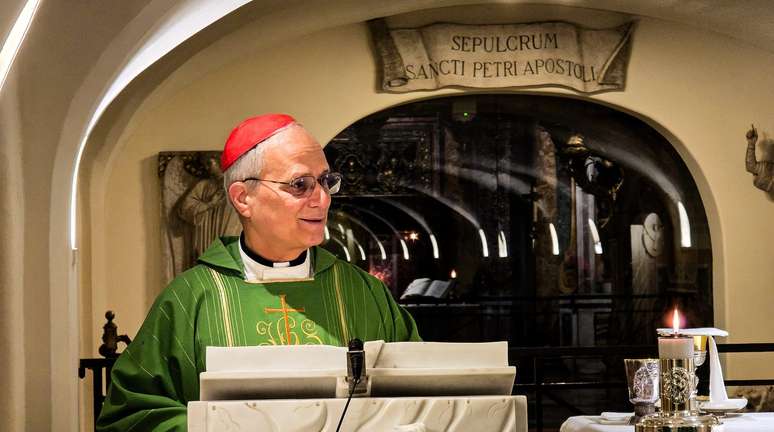
Source: Terra
Rose James is a Gossipify movie and series reviewer known for her in-depth analysis and unique perspective on the latest releases. With a background in film studies, she provides engaging and informative reviews, and keeps readers up to date with industry trends and emerging talents.

